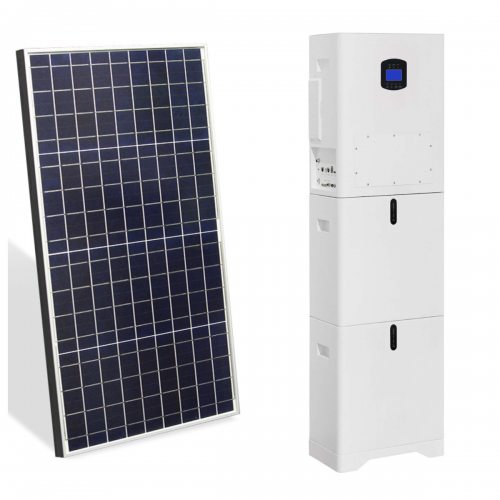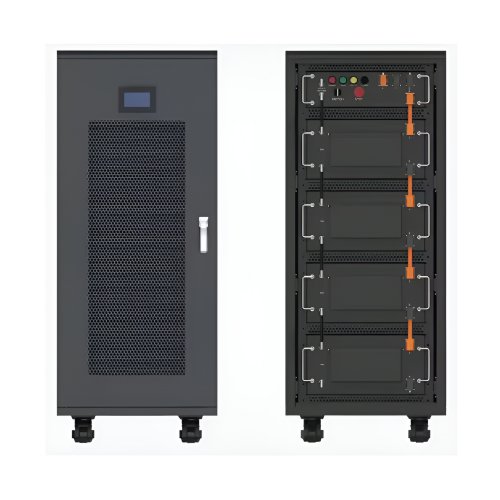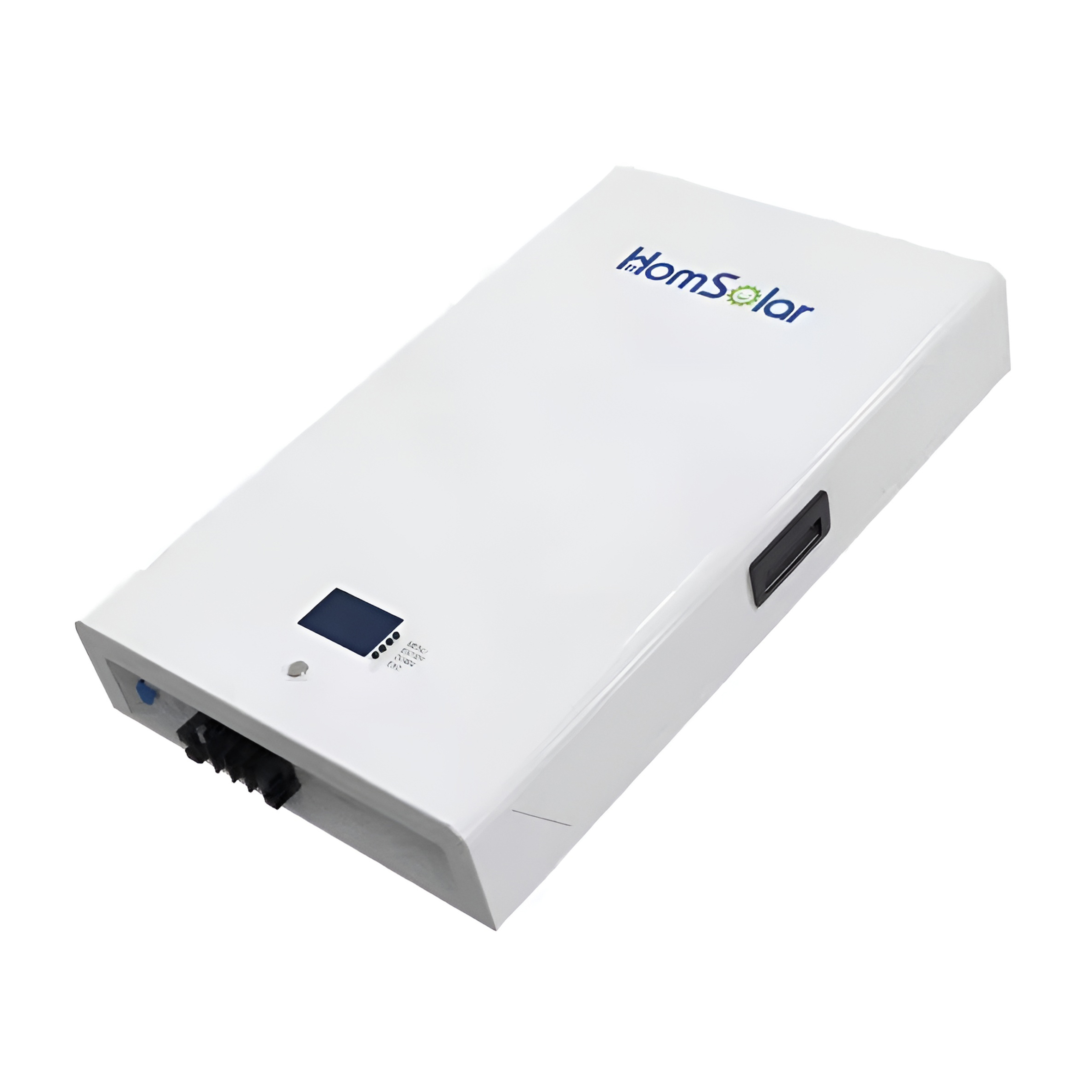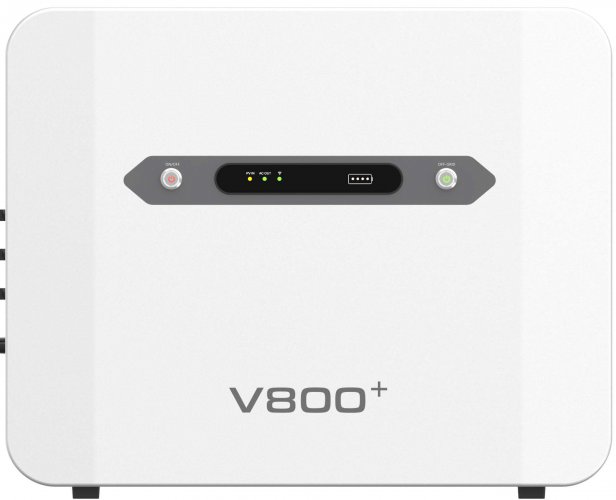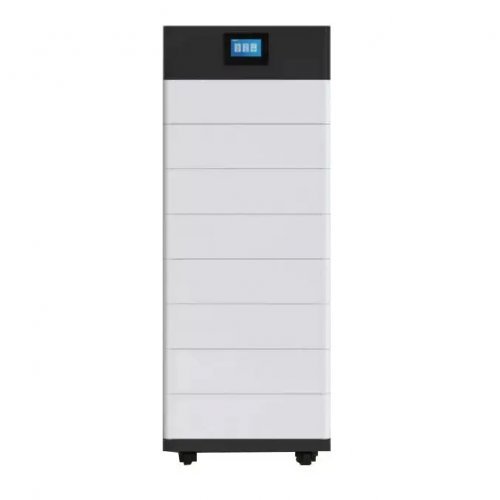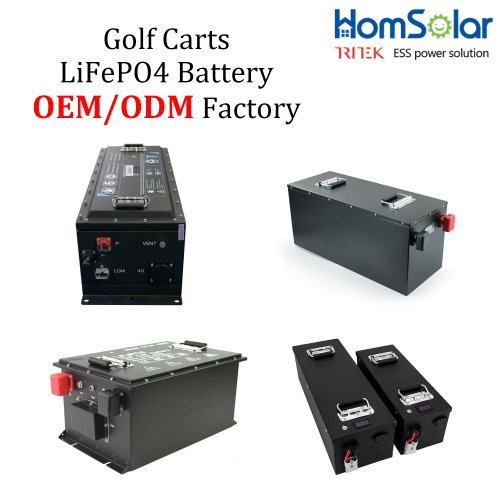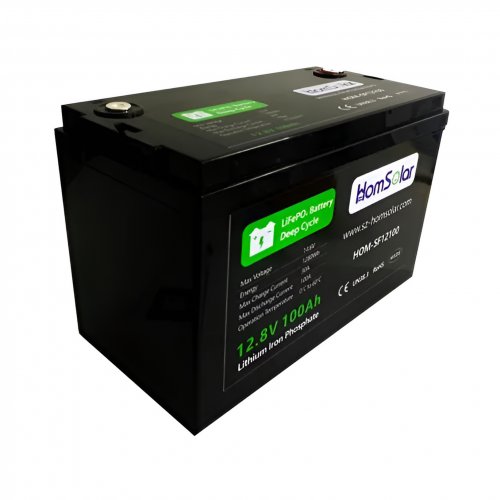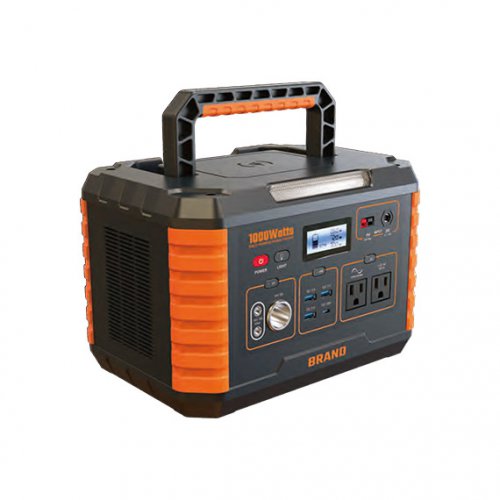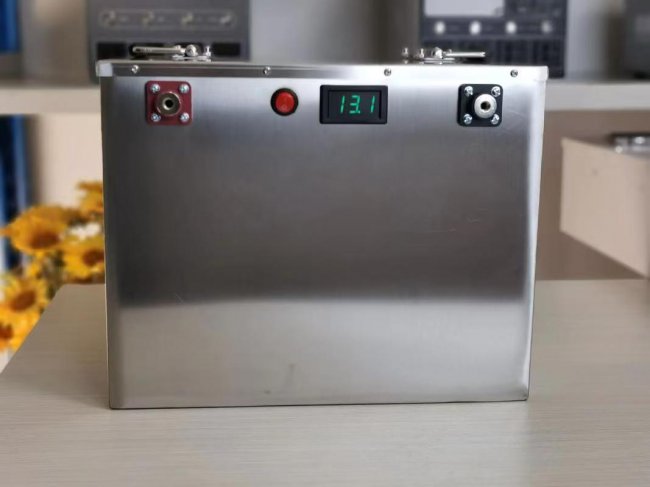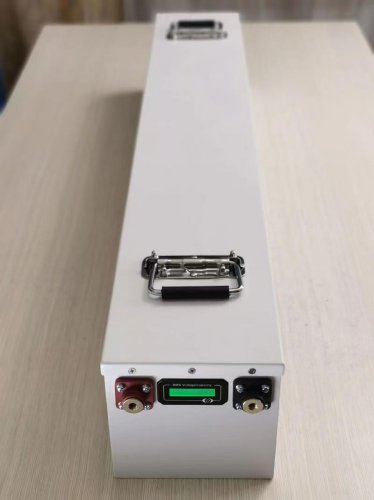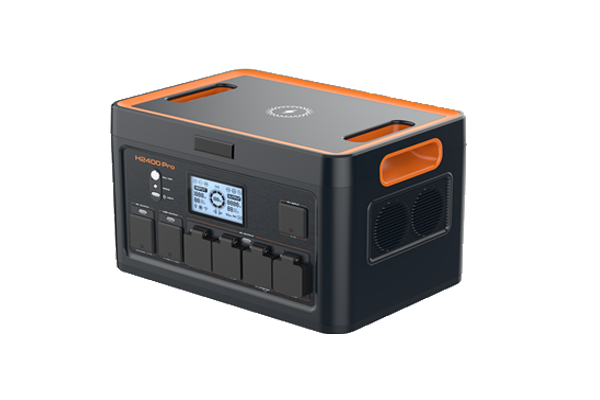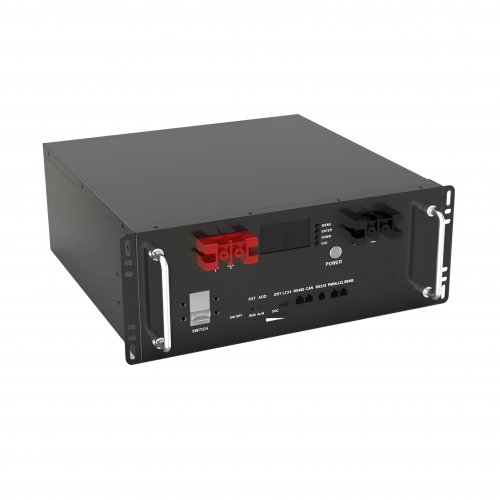Powering seawater desalination plants with photovoltaics
Researchers from Germany have investigated the technical and economic feasibility of a PV-powered large-scale seawater reverse osmosis (SWRO) desalination plant that is designed to operate in Jordan based on a variable operating curve following the PV power profile while also importing power from the grid.
“We chose the variable-speed operation strategy because it allows faster and more precise adjustments to changes in renewable energy supply compared to modular operation,” the group explained. “This is achieved by keeping all plant units operational, avoiding the need for units to be flushed or shut down during low energy availability.”
The modeling was developed in Python and analyzed at an hourly resolution. The desalination plant was based on the plans of the Aqaba Amman Water Desalination and Conveyance Project (AAWDCP), which is expected to be operational by 2030/2031. It is meant to desalinate water from the Red Sea, in the south of the country, and convey it via a route of pumping stations and regulating reservoir over a distance of 435 km, with an elevation gain of 1,398 m.
In their analysis, the academics coupled the SWRO with a PV plant located in the Ma'an region of the country. They assume the plant uses PV modules with a capacity of 460 W and an efficiency of 18.28%, installed on a single-axis tracking system. In the first investigated scenario, the SWRO desalination plant adapts to a PV plant aiming to achieve the highest possible solar power utilization, with an installed PV capacity of 89.2 MW. The second case focuses on maximizing water production availability, with an installed capacity of 587.5 MW.
“Several operating modes are possible within the safe operating window of reverse osmosis (RO) membranes for SWRO desalination plants operating at variable speeds,” explained the academics. “In particular, four operational modes are considered suitable: maintaining constant feed pressure, recovery, feed flow, or concentrate flow. However, constant feed pressure and recovery rate operating modes are disadvantageous due to their narrower operational range and higher energy consumption than the constant feed flow or concentrate flow operating modes.”

Image: RWTH Aachen University, Desalination, CC BY 4.0
The researchers decided to focus on the constant feed flow mode, which ensures that the flow of seawater entering the RO membranes remains constant, while pressure is adjusted to match available power; and the constant concentrate flow mode, which ensures that the flow of concentrated brine remains constant, while feed flow and pressure are adjusted based on power availability.
“The constant concentrate flow mode is more effective at utilizing PV power, with a 5% higher energy efficiency and 306 h more operating time, especially considering the energy required for additional seawater pumping,” the scientists stressed. “Furthermore, the constant concentrate flow supports a stable flow regime for energy recovery devices, minimizing the risk of mixing concentrate and feed flows due to temporary unequal flow rates.”
The analysis also showed the production rate is only 31% to 33% of the plant design capacity, compared to a desalination plant that operates continuously at a 97% production rate. “Therefore, allowing a PV power surplus in oversizing the PV power plant helps increase water production, though only up to a point dictated by solar availability. With an increased PV capacity of 587.5 MW, the simulation results indicate a maximum production rate of approximately 47% for both operating modes,” added the team.
Customized/OEM/ODM Service
HomSolar Supports Lifepo4 battery pack customization/OEM/ODM service, welcome to contact us and tell us your needs.


HomSolar: Your One-stop LiFePO4 Battery Pack & ESS Solution Manufacturer
Our line of LiFePO4 (LFP) batteries offer a solution to demanding applications that require a lighter weight, longer life, and higher capacity battery. Features include advanced battery management systems (BMS), Bluetooth® communication and active intelligent monitoring.

Customised Lithium Iron Phosphate Battery Casing
ABS plastic housing, aluminium housing, stainless steel housing and iron housing are available, and can also be designed and customised according to your needs.

HomSolar Smart BMS
Intelligent Battery Management System for HomSolar Energy Storage System. Bluetooth, temperature sensor, LCD display, CAN interface, UART interface also available.


Terminals & Plugs Can Be Customized
A wide range of terminals and plugs can be customised to suit the application needs of your battery products.

Well-designed Solutions for Energy Storage Systems
We will design the perfect energy storage system solution according to your needs, so that you can easily solve the specific industry applications of battery products.



About Our Battery Cells
Our energy storage system products use brand new grade A LiFePO4 cells with a battery lifespan of more than 4,000 charge/discharge cycles.



Applications in Different Industries
We supply customized & OEM battery pack, assemble cells with wiring, fuse and plastic cover, all the cell wires connected to PCB plug or built BMS.
Applications: E-bike, Electric Scooter, Golf Carts, RV, Electric Wheelchair, Electric Tools, Robot Cleaner, Robot Sweeper, Solar Energy Storage System, Emergency Light, Solar Power Light, Medical Equipment, UPS Backup Power Supply.
We can provide you with customized services. We have the ability to provide a vertical supply chain, from single cells to pack/module and to a complete power solution with BMS, etc.


HomSolar (Shenzhen) Technology Co., Ltd







